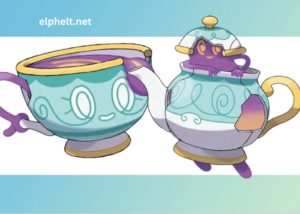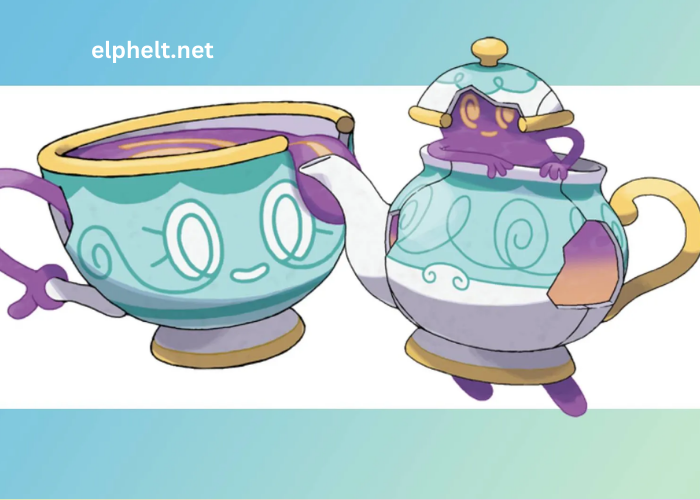In today’s dynamic and ever-evolving business landscape, companies must adapt and innovate to remain competitive. Traditional business models are being replaced by more sustainable, adaptive, and innovative approaches that focus not only on profitability but also on long-term environmental and social goals. As businesses face growing challenges such as climate change, resource depletion, and societal expectations for corporate responsibility, embracing new business models is no longer a luxury—it’s a necessity. This article explores innovative business models for sustainable success, emphasizing strategies that ensure longevity and positive impact on both the economy and society.
What is a Sustainable Business Model?
A sustainable business model is one that creates long-term value by integrating environmental, social, and economic considerations into its operations and strategies. These models aim to meet the needs of current stakeholders without compromising the ability of future generations to meet their own needs. Sustainable business models are designed to reduce environmental footprints, foster social equity, and ensure financial profitability.
A key element in sustainable business models is innovation. Whether through adopting new technologies, revamping supply chains, or rethinking consumer engagement, innovation plays a pivotal role in achieving sustainability. Companies that implement innovative business models not only enhance their chances for success but also contribute positively to their communities and the planet.
Key Characteristics of Innovative Business Models for Sustainability
1. Resource Efficiency and Circular Economy Principles
Resource efficiency is one of the most important aspects of an innovative sustainable business model. In a world with limited resources, businesses must find ways to do more with less. This involves minimizing waste, reducing energy consumption, and optimizing the use of raw materials.
The circular economy model is one of the most promising approaches in this regard. Unlike the traditional linear economy, which follows a ‘take, make, dispose’ process, the circular economy focuses on keeping products, components, and materials in use for as long as possible. This approach involves reusing, refurbishing, recycling, and remanufacturing products to reduce waste and resource consumption.
Businesses that implement circular economy principles can reduce operational costs, improve product quality, and enhance customer loyalty. For example, companies like Patagonia and IKEA have adopted circular strategies, offering repair services, using recycled materials, and designing products that can be disassembled and reused.
2. Value Proposition and Customer-Centric Models
In a rapidly changing world, businesses must place greater emphasis on customer needs and preferences to ensure long-term sustainability. Traditional business models often focus on profit maximization, but innovative business models prioritize creating value for customers, employees, and society at large.
Customer-centric business models are built on understanding consumer behavior, preferences, and pain points. These models enable businesses to offer tailored solutions that address specific customer needs. For example, subscription-based models, personalized services, and pay-per-use pricing mechanisms are all customer-centric approaches that promote sustainability by reducing waste and ensuring more efficient use of resources.
Additionally, businesses can foster deeper connections with their customers by promoting transparency and accountability. This helps build trust, making customers more likely to engage with sustainable products or services and encouraging them to support companies that prioritize ethical practices.
3. Partnerships and Collaborative Networks
In the quest for sustainability, businesses can’t work in isolation. Collaborating with other companies, non-profits, and governments can help create more sustainable solutions. Strategic partnerships are a key aspect of innovative business models for long-term success.
For example, partnerships in renewable energy, waste management, and sustainable sourcing can enhance a business’s capabilities and open new markets. By sharing resources, knowledge, and technologies, companies can accelerate innovation and create solutions that have a greater impact.
An excellent example of such collaboration is the alliance between companies like Coca-Cola and local governments to improve water access and sanitation. This partnership helps both entities meet their sustainability goals while also addressing critical issues in the communities they serve.
4. Digital Transformation and Technological Innovation
The digital transformation of business processes has unlocked vast opportunities for sustainability. Innovative business models are increasingly leveraging technology to reduce their environmental footprint and create more efficient operations.
Artificial intelligence (AI), blockchain, the Internet of Things (IoT), and big data analytics can all contribute to better decision-making, resource management, and waste reduction. For example, companies can use AI algorithms to optimize energy use, track supply chain emissions, and predict maintenance needs to extend the life cycle of equipment.
Tesla is a notable example of a company that combines innovation with sustainability. Through the development of electric vehicles (EVs), energy storage systems, and solar products, Tesla is not only transforming the automobile industry but also addressing climate change by reducing dependence on fossil fuels.
Types of Innovative Business Models for Sustainable Success
1. Subscription-Based Models
A subscription-based model involves offering products or services on a recurring basis rather than a one-time purchase. This model has gained popularity in many industries, including media, entertainment, software, and consumer goods.
From a sustainability perspective, subscription models encourage efficient resource usage by promoting the sharing of goods and services. For example, clothing rental companies like Rent the Runway allow customers to rent garments for short periods, reducing the need for constant production and minimizing waste.
Subscription services also enhance customer retention by offering consistent value. This model fosters long-term relationships between businesses and their customers, contributing to a more stable revenue stream.
2. Product-as-a-Service (PaaS)
In contrast to the traditional model of selling products outright, the product-as-a-service (PaaS) model involves renting or leasing a product instead of selling it. This model aligns with the principles of the circular economy by encouraging the reuse and maintenance of products for extended periods.
Companies such as Philips have adopted the PaaS model for their lighting products. Instead of selling lightbulbs to consumers, Philips offers “lighting as a service,” where businesses pay for the use of lighting systems and the company remains responsible for maintenance and energy efficiency. This approach reduces waste, enhances product longevity, and ensures a sustainable lifecycle.
3. B Corporation Model
B Corporations (or B Corps) are businesses certified by B Lab for meeting high social and environmental performance standards. This certification evaluates a company’s impact on its stakeholders, including workers, customers, suppliers, and the environment.
Adopting the B Corp model demonstrates a company’s commitment to ethical practices and sustainable operations. By prioritizing transparency, accountability, and stakeholder value, B Corps build stronger brand reputations and foster consumer loyalty. Brands like Ben & Jerry’s and Patagonia are well-known B Corps that have successfully integrated social and environmental responsibility into their business models.
4. Sharing Economy Models
The sharing economy, also known as collaborative consumption, involves sharing resources or services among a group of people. This model allows for the efficient use of assets, reducing waste and promoting sustainability.
Companies like Uber, Airbnb, and TaskRabbit have successfully implemented sharing economy models. These companies enable individuals to monetize their unused resources (e.g., cars, homes, skills), thus reducing the need for new products and encouraging more sustainable consumption patterns.
The Role of Leadership in Driving Sustainable Business Innovation
While innovative business models are crucial for sustainable success, effective leadership is essential in driving the adoption and implementation of these models. Business leaders must be visionaries who recognize the long-term value of sustainability and take proactive steps to integrate it into their business strategies.
Leadership in sustainable business practices requires a deep understanding of both the challenges and opportunities that sustainability presents. Leaders must foster a culture of innovation, encourage risk-taking, and support the development of sustainable products and services. They must also engage with stakeholders, including employees, customers, and investors, to align business practices with broader environmental and social goals.
A strong commitment to sustainability can differentiate a brand, attract loyal customers, and improve employee satisfaction. For instance, companies like Unilever have shown that embracing sustainability at the core of business strategy can lead to both environmental benefits and significant financial returns.
Conclusion
In an increasingly complex world, innovative business models are key to achieving sustainable success. These models not only help businesses remain competitive but also contribute to a healthier planet and a more equitable society. By focusing on resource efficiency, customer-centric approaches, collaboration, technological innovation, and ethical leadership, companies can create business models that are profitable, sustainable, and resilient in the long term.
The future of business will undoubtedly depend on the ability to integrate sustainability into the heart of operations. As the demand for responsible business practices continues to grow, companies that embrace these innovative business models will lead the way toward a more sustainable and prosperous future for all.







